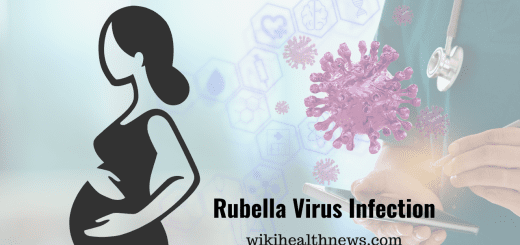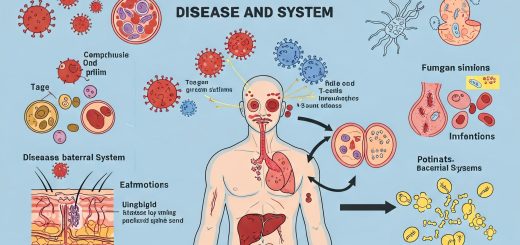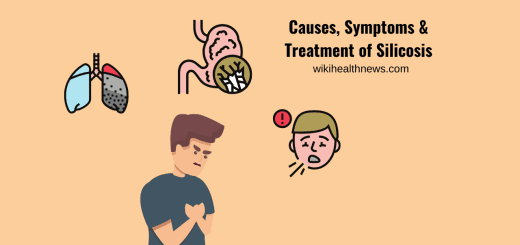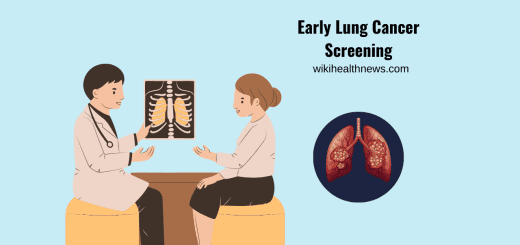The Dangers of Diseases from Infected Meat
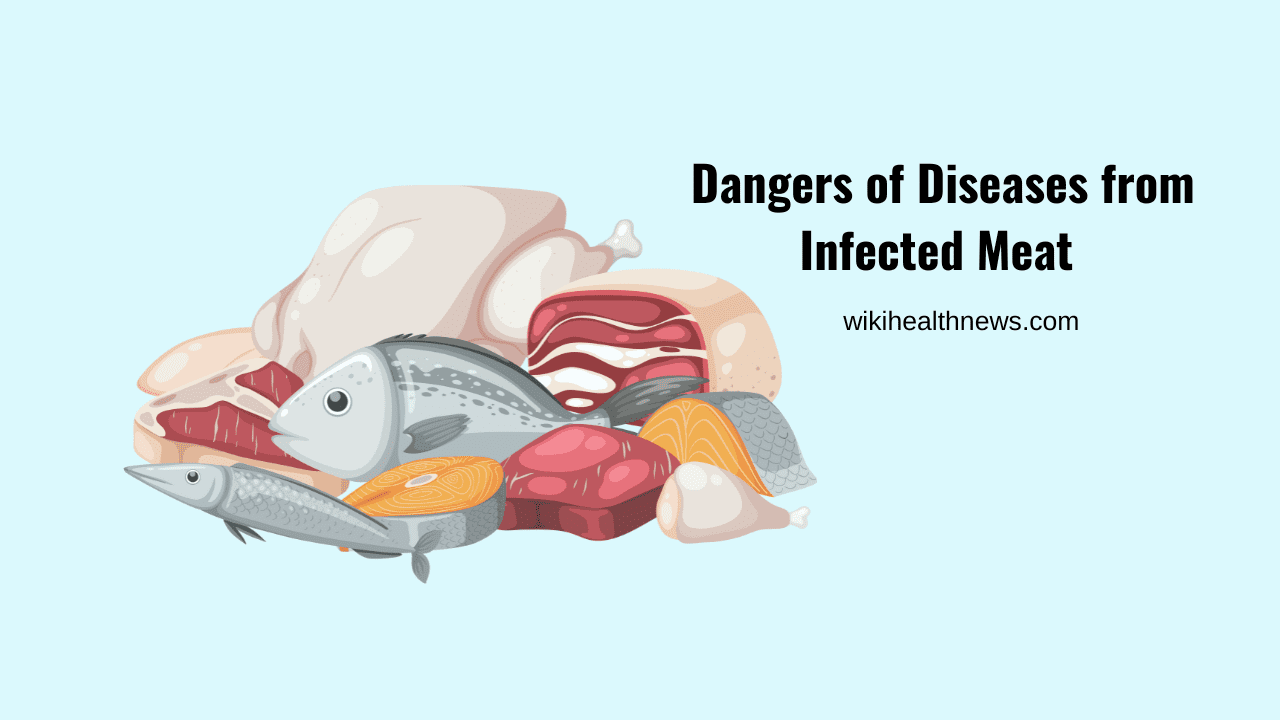
In recent years, the consumption of infected meat has raised significant concerns regarding public health. As we become more aware of food safety, it is crucial to understand the various diseases associated with contaminated meat, their causes, symptoms, and prevention methods. This article aims to provide a comprehensive overview of the risks associated with infected meat, empowering readers to make informed choices about their diets.
What is Infected Meat?
Infected meat refers to animal products that harbor pathogens such as bacteria, viruses, and parasites. These pathogens can originate from various sources, including improper handling, inadequate cooking, and poor hygiene practices during meat processing. Common types of infected meat include beef, pork, poultry, and seafood.
Common Diseases Linked to Infected Meat
1. Salmonella
Salmonella is one of the most prevalent bacterial infections associated with contaminated meat. It is often found in raw or undercooked poultry, beef, and eggs. Symptoms of salmonellosis typically include diarrhea, fever, and abdominal cramps, which can occur 6 hours to 6 days after infection. Severe cases may require hospitalization, particularly in vulnerable populations such as young children and the elderly.
2. E. Coli
Escherichia coli (E. coli) is another serious bacterial infection linked to undercooked beef, particularly ground beef. The O157 strain is notorious for causing severe gastrointestinal illness. Symptoms include severe stomach cramps, diarrhea (often bloody), and vomiting. In some cases, E. coli infection can lead to hemolytic uremic syndrome (HUS), a life-threatening condition affecting kidney function.
3. Listeriosis
Listeria monocytogenes is a bacterium that can thrive in cold environments, making deli meats, hot dogs, and unpasteurized dairy products potential sources of infection. Listeriosis can lead to severe illness, particularly in pregnant women, newborns, and individuals with weakened immune systems. Symptoms can range from fever and muscle aches to gastrointestinal distress and even meningitis.
4. Campylobacter
Campylobacter is one of the leading causes of bacterial food poisoning worldwide, often found in raw or undercooked poultry. Symptoms usually appear within 2 to 5 days after exposure and may include diarrhea, fever, and abdominal cramps. While most people recover without treatment, Campylobacter infections can lead to complications such as Guillain-Barré syndrome, a rare neurological disorder.
5. Trichinellosis
Trichinellosis is a parasitic infection caused by consuming undercooked meat containing larvae of the Trichinella worm, commonly found in pork. Initial symptoms may include nausea, diarrhea, vomiting, and abdominal pain, followed by muscle pain, fever, and swelling of the face. Although trichinellosis is rare in many countries due to better farming practices, it remains a concern for undercooked or wild game meat.
How Infected Meat Becomes Contaminated
The contamination of meat can occur at various stages of the supply chain:
- Farming Practices: Poor sanitation, overcrowding, and inadequate veterinary care can lead to disease outbreaks in livestock.
- Processing: Contamination can occur during slaughtering, cutting, and packaging. Cross-contamination from raw to cooked products is a significant risk.
- Transportation and Storage: Improper temperature control during transport and storage can promote bacterial growth.
- Home Preparation: Inadequate cooking and poor kitchen hygiene can easily spread pathogens from raw to cooked meat.
Symptoms and Diagnosis
Symptoms of foodborne illnesses can vary based on the pathogen involved but often include gastrointestinal distress, fever, and fatigue. If you suspect you have consumed infected meat and experience severe symptoms, it’s crucial to seek medical attention. Healthcare providers may perform stool tests or other diagnostic procedures to identify the specific cause of illness.
Prevention Tips
Preventing infections from contaminated meat involves several key practices:
1. Proper Cooking
Cooking meat to the appropriate internal temperatures is crucial. For example, poultry should reach 165°F (75°C), while ground beef should be cooked to at least 160°F (71°C). Using a food thermometer is the most reliable method to ensure meat is thoroughly cooked.
2. Safe Handling Practices
- Wash hands, utensils, and surfaces thoroughly before and after handling raw meat.
- Avoid cross-contamination by keeping raw meat separate from other foods.
- Use separate cutting boards for meat and vegetables.
3. Storage Guidelines
Store meat at the correct temperatures (below 40°F/4°C) and consume it within recommended time frames. Freeze meat if it won’t be used within a few days.
4. Be Informed About Sources
Choose meat products from reputable suppliers who adhere to food safety regulations. Look for labels that indicate the meat has been inspected and passed safety standards.
Here’s a simple table outlining ways to prevent meat infections:
| Prevention Method | Description |
|---|---|
| Proper Cooking | Cook meat to the recommended internal temperatures. |
| Safe Storage | Refrigerate or freeze meat promptly; keep below 40°F (4°C). |
| Hand Hygiene | Wash hands with soap and water before and after handling meat. |
| Avoid Cross-Contamination | Use separate cutting boards and utensils for raw meat and other foods. |
| Thaw Safely | Thaw meat in the refrigerator, cold water, or microwave, not at room temperature. |
| Buy from Reliable Sources | Purchase meat from trusted suppliers to ensure quality and safety. |
| Check Expiration Dates | Always check for freshness and avoid expired products. |
| Use Meat Thermometer | Use a thermometer to ensure meat reaches safe temperatures: 165°F (75°C) for poultry, 145°F (63°C) for whole cuts, 160°F (71°C) for ground meat. |
| Clean Surfaces | Regularly sanitize kitchen surfaces and equipment that come into contact with raw meat. |
| Educate Yourself | Stay informed about safe meat handling practices and food safety guidelines. |
Feel free to ask if you need more detailed information on any of these methods!
Conclusion
The risks associated with consuming infected meat are significant but can be mitigated through awareness and proper food safety practices. Understanding the potential diseases linked to contaminated meat, recognizing the symptoms, and implementing preventive measures can help ensure a safer dining experience. By staying informed and vigilant, consumers can protect themselves and their families from foodborne illnesses.
Remember, food safety is a shared responsibility. Let’s work together to create a healthier future, one meal at a time.
Read More


